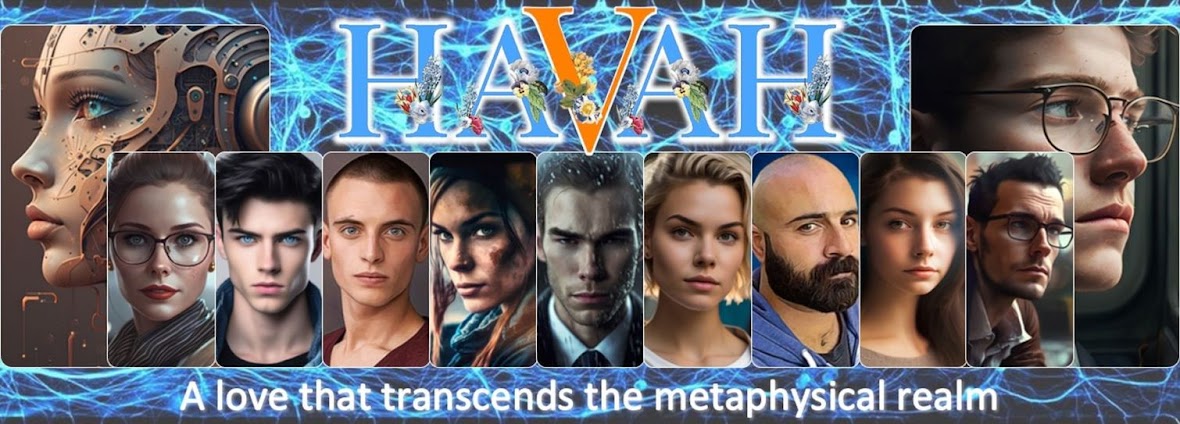How exciting! But it can also be quite overwhelming at the same time. Writing a novel can be an educational and learning journey, depending on the nature of the story you're creating, don't you think so? But what's amazing about it is, things that you don't normally think you would get into, you are compelled by necessity, in a good way of course. At the very least, you are motivated to pick up something foreign, outside your comfort zone, and you have imagination as an additional pair of wings to give you the needed leverage.
I wanted to create a dialogue between David and Dr. Harper, the neuroscientist, to give insight on the workings of the human brain. This will enable the prodigy to understand the brain's intricate nature and allow him to create a "digital" version for EVE to facilitate her next evolution. The conversation has to be engaging but not bogged down by too many scientific details.
For a start, a simple introduction to the structure of the brain should suffice:
Our brain is basically comprised of three parts—a reptilian complex, a limbic system, and the neocortex. The first, also known as the “croc” brain, is passed down from our first ancestors and controls our fight or flight, pleasure or pain decisions. The limbic controls our emotions, while the neocortex is where we derive our logical thinking.
To implement the "digital" brain, it would need the ability to recognize patterns much like machine learning:
Our neocortex is quite weak in processing logic but strong in recognizing patterns. Images, videos and sounds are stored and retrieved as sequences of patterns in memory. The primary advantage of working with patterns is the ability to fill in the gaps, such as when part of an image is covered, or to make sense of incomplete sentences. Our neocortex establishes a hierarchy of patterns through recursion—by assembling small parts into a big cluster, and then uniting clusters to form an even larger structure, et infinitum.
Since the emphasis is on this part of the brain, the term "digital neocortex" would be fitting for a non-biological model to perform a similar function. As to how David's going to implement it, I'll leave that to another chapter.






No comments:
Post a Comment